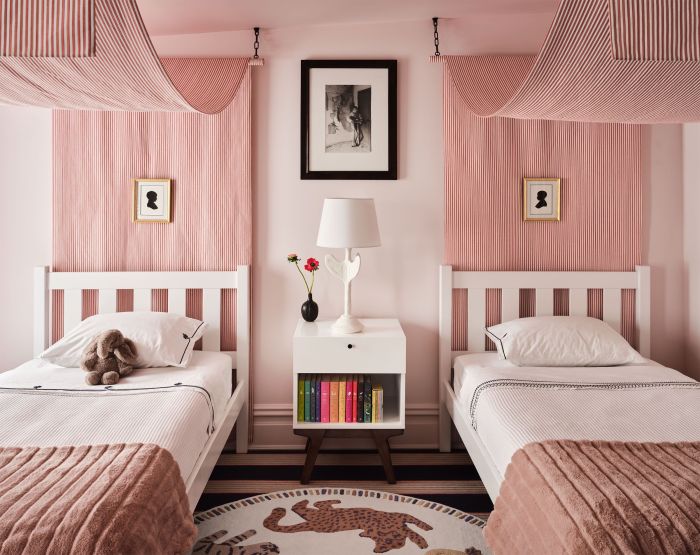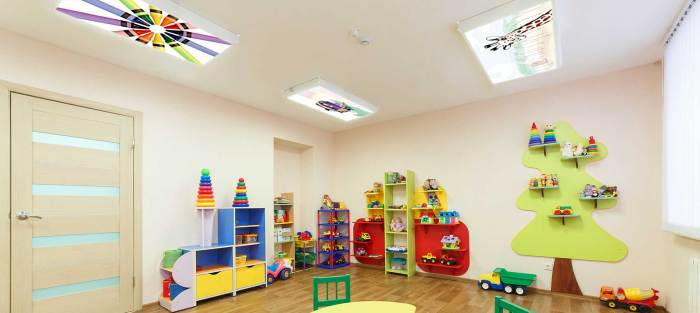How to decorate activity room – Decorating an activity room can be a fun and exciting project, but it also requires careful planning and attention to detail. Whether you are setting up a playroom for children, a craft room for DIY projects, or a home gym for fitness enthusiasts, there are several key tips to keep in mind to create a space that is both functional and visually appealing.
1. Define the Purpose

Before you start decorating your activity room, it’s important to clearly define the purpose of the space. Are you looking to create a space for relaxation, creativity, or physical exercise? Understanding the intended use of the room will help you make design decisions that cater to those specific needs.
2. Consider the Layout
Take into account the size and shape of the room when planning the layout. Make sure to leave enough space for movement and activities, and consider the flow of traffic within the room. Arrange furniture and equipment in a way that maximizes the use of space and promotes efficiency.
3. Choose a Theme or Color Scheme
Selecting a theme or color scheme can help tie the room together and create a cohesive look. Whether you prefer a bold and vibrant palette or a more subtle and neutral one, choose colors and patterns that reflect the mood and purpose of the room.
4. Optimize Storage Solutions
Keep clutter at bay by incorporating smart storage solutions into the design of the room. Consider using shelves, bins, baskets, and cabinets to organize supplies, equipment, and toys. Utilize vertical space to maximize storage capacity without sacrificing floor space.
5. Personalize the Space

Add personal touches to the room to make it feel welcoming and unique. Display artwork, photographs, or decorative items that reflect your interests and personality. Incorporate elements that inspire creativity and motivation, such as inspirational quotes or motivational posters.
6. Ensure Adequate Lighting
Proper lighting is essential for creating a functional and inviting activity room. Use a combination of natural light, overhead lighting, task lighting, and accent lighting to illuminate the space effectively. Consider installing dimmer switches to adjust the lighting levels according to the activities taking place in the room.
7. Select Durable and Easy-to-Clean Materials
When it comes to decorating a dining room sideboard, it is essential to strike a balance between functionality and aesthetics. To create a visually appealing display, consider using a mix of decorative items such as vases, candles, and artwork. Additionally, incorporating elements of varying heights and textures can add depth to the space. For more tips on how to decorate a dining room sideboard, check out this insightful guide: how to decorate a dining room sideboard.
Choose materials that are durable, easy to clean, and resistant to wear and tear. Opt for stain-resistant fabrics, washable paint finishes, and sturdy furniture pieces that can withstand frequent use. Consider the maintenance requirements of each material to ensure longevity and ease of upkeep.
8. Incorporate Versatile Furniture
Invest in furniture pieces that are versatile and adaptable to different activities. Choose multifunctional pieces that can serve multiple purposes, such as storage ottomans, convertible sofa beds, and adjustable tables. Select furniture that is comfortable, ergonomic, and conducive to the activities being performed in the room.
9. Create Zones for Different Activities
Divide the room into separate zones or areas for specific activities to promote organization and efficiency. Designate a play area for children, a work area for crafts, a workout area for exercise, or a relaxation area for reading and lounging. Define each zone with furniture arrangements, rugs, and accessories that distinguish its function.
10. Add Finishing Touches
Complete the look of the activity room by adding finishing touches that enhance its aesthetic appeal. Incorporate decorative accents, such as throw pillows, area rugs, curtains, and wall art, to add texture, color, and visual interest. Consider adding plants, flowers, or greenery to bring a touch of nature into the space.
Decorating an activity room requires careful planning, creativity, and attention to detail. By following these tips and guidelines, you can create a space that is functional, stylish, and tailored to your specific needs and preferences. Whether you are designing a playroom for children, a craft room for hobbies, or a home gym for fitness, incorporating these design principles will help you achieve a well-designed and inviting space that enhances the overall experience.
Conclusion:
In conclusion, decorating an activity room is a rewarding and enjoyable process that allows you to express your creativity and personality. By following the tips and suggestions Artikeld in this article, you can create a space that is functional, organized, and visually appealing. Remember to define the purpose of the room, consider the layout and flow, choose a theme or color scheme, optimize storage solutions, personalize the space, ensure adequate lighting, select durable materials, incorporate versatile furniture, create activity zones, and add finishing touches to complete the look.
FAQs:
1. How can I personalize my activity room?
To personalize your activity room, consider adding artwork, photographs, decorative items, and inspirational elements that reflect your interests and personality. Incorporate personal touches that make the space feel welcoming and unique.
2. What are some versatile furniture options for an activity room?: How To Decorate Activity Room
Some versatile furniture options for an activity room include storage ottomans, convertible sofa beds, adjustable tables, and modular shelving units. Choose furniture pieces that can serve multiple purposes and adapt to different activities.
When it comes to decorating a dining room sideboard, it’s essential to strike a balance between functionality and aesthetics. One can start by choosing a theme or color scheme to tie everything together. Incorporating a mix of decorative objects, such as vases, candles, and artwork, can add visual interest. Additionally, using trays or baskets can help organize smaller items while adding texture.
To learn more tips on how to decorate a dining room sideboard, check out this comprehensive guide: how to decorate a dining room sideboard.
3. How important is lighting in an activity room?
Proper lighting is essential in an activity room to create a functional and inviting space. Use a combination of natural light, overhead lighting, task lighting, and accent lighting to illuminate the room effectively and enhance the overall ambiance.
4. What are some creative storage solutions for an activity room?

Creative storage solutions for an activity room include shelves, bins, baskets, cabinets, and storage ottomans. Utilize vertical space, built-in storage, and hidden compartments to keep supplies, equipment, and toys organized and out of sight.
5. How can I create distinct activity zones in my room?
To create distinct activity zones in your room, use furniture arrangements, rugs, and accessories to define each area. Designate a play area, work area, workout area, or relaxation area with visual cues that differentiate their functions and purposes.
